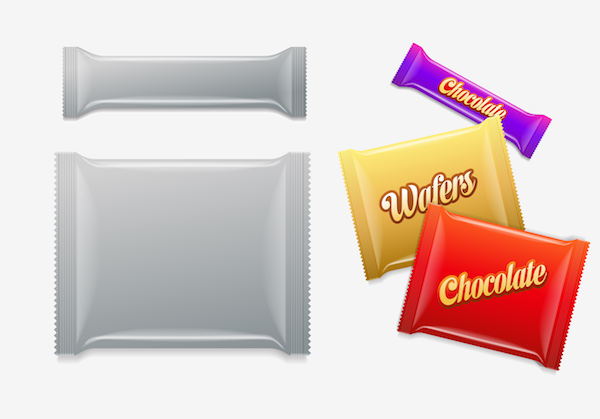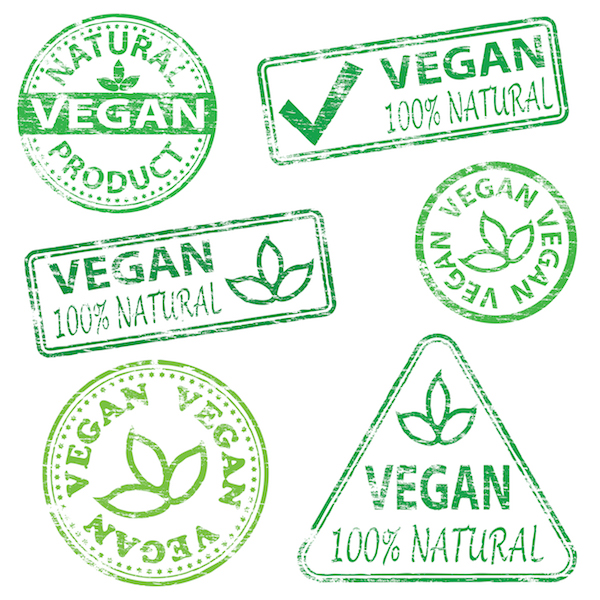When it comes to food labeling on glass jars, there are stringent requirements as to what must be included and how the information should be presented. Here are some tips that can provide a framework for optimizing food labeling strategies for those items that are packaged in glass jars. These guidelines are based around the regulatory framework of the Fair Packaging and Labeling Act, the Food and Drug Administration (FDA), and the Federal Trade Commission. If food labels on glass jars contain any type of claims in terms of health, nutrient content, or structure, there are specific types of information that must be included and it must be displayed a certain way on this category of label. The following three tips address three specific types of claims:
- Health Claims: A health claim typically involves some type of food or dietary supplement and what it is able to do to affect the body, such as increasing energy or reduce the risk of a certain health issue or even a disease. Food labels can only include health claims that have been tested and proven and officiated through that testing. The information on the label must also be truthful and not mislead consumers into thinking it will help them with their diet or other aspect of their life if it cannot.
- Structure Claims: This type of claim focuses on how a nutrient works, such as “calcium can build stronger bones,” and may describe how this particular ingredient can help a person’s well-being or help with any particular deficiencies in a person’s daily diet. The manufacturer of such a product must also ensure that their claims are truthful and include a food labeling notation that the FDA has not evaluated their claim. They must also admit that there is no intent in terms of actually diagnosing, treating, curing or preventing any type of health problem or disease with this particular product. It is important to list any allergens here, including peanut content or the fact it was processed in a plant that contained peanuts.
- Nutrient Claims: This type of claim describes how much of a particular substance is in a product, such as low sodium or high fiber, or that might even be missing (i.e., fat-free) and it can be compared to another food product that is similar to show how much better it is than the competition as long as it is accurate in its claim.
Relative to where this information should be placed on a glass jar—for instance, on the front label or the back label, there are no hard and fast rules. However, it is important to ensure that all claims are clearly marked and identified so that consumers can find the information they need quickly to make informed decisions.
In Summary In looking at the tips for food labeling on glass jars, here are three important things to remember about the type of information to put on those labels:
- Make sure health claims have been proven by testing before listing them on a food label.
- While structure claims about how nutrients work does not have to be tested or verified by the FDA, it is important to be honest in all claims on these food labels.
- Nutrient claims must also be accurate in terms of how much nutrient can be found or is missing from a particular food product.
- There are no definitive places that these claims must be located on a food label, but they should be clear and easily read to help consumers make decisions.











